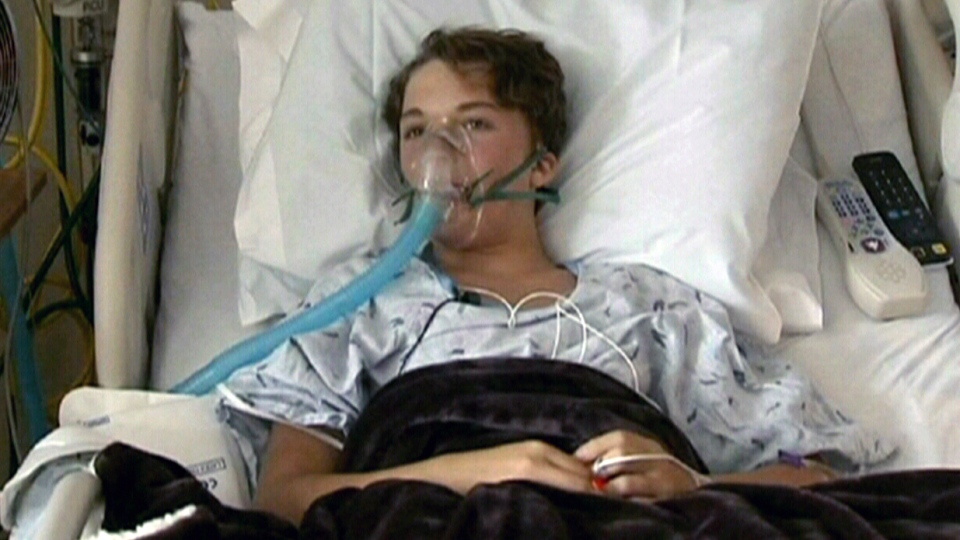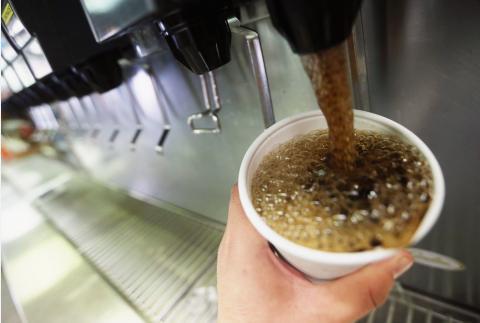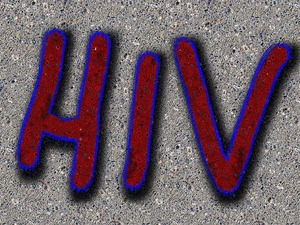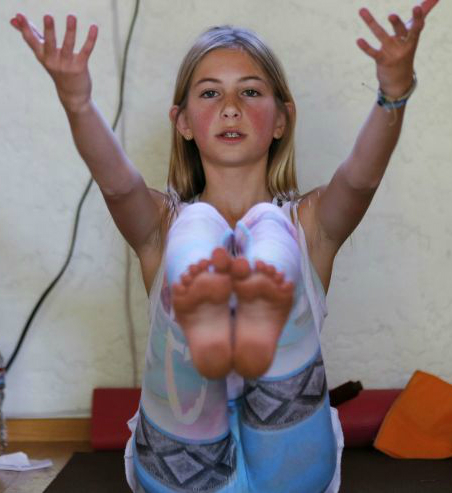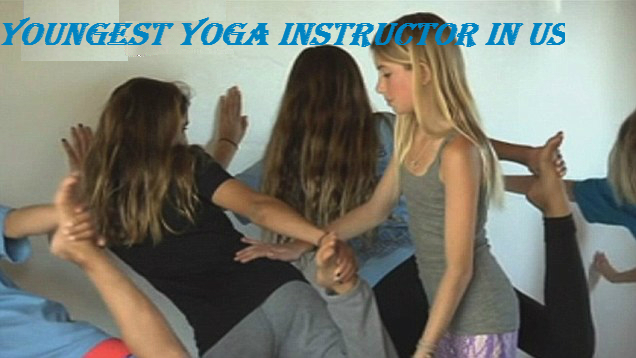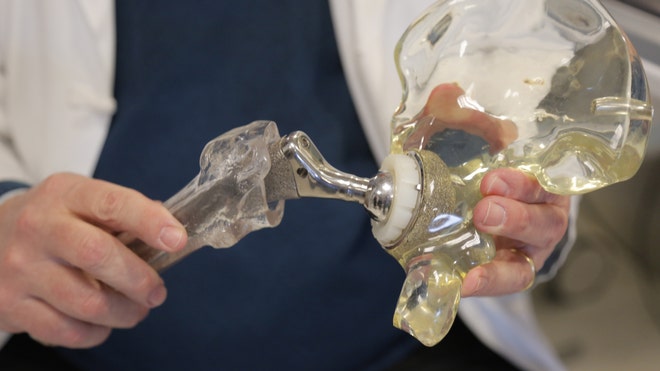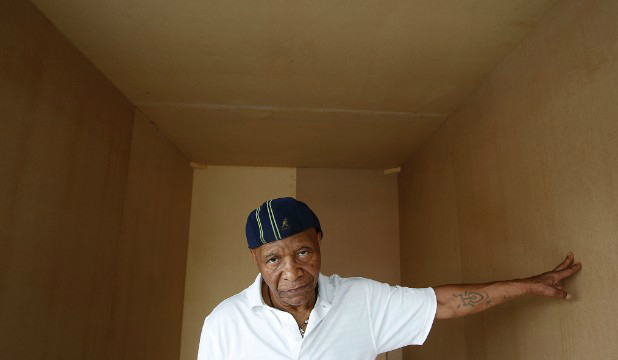
More than 7 percent of American schoolchildren are taking at least one medication for emotional or behavioral difficulties, a new government report shows.
Apparently, the medications are working: More than half of the parents said the drugs are helping their children, according to the report.
“We can’t advise parents on what they should do, but I think it’s positive that over half of parents reported that medications helped ‘a lot,’ ” said report author LaJeana Howie, a statistical research scientist at the U.S. National Center for Health Statistics.
Howie and her colleagues weren’t able to identify the specific disorders the children were being treated for, although she said 81 percent of the children with emotional or behavioral difficulties had been diagnosed with attention-deficit/hyperactivity disorder (ADHD) at some point in their lives.
The researchers were also unable to identify the specific medications prescribed to the children for their emotional and behavioral difficulties, according to Howie.
An expert not involved with the report agreed that ADHD likely would be one of the most common conditions involved.
“Although the authors don’t really talk about the diagnoses, ADHD is likely the most overwhelming diagnosis. Oppositional defiant disorder, anxiety and depression are other likely diagnoses,” said Dr. Andrew Adesman, chief of developmental and behavioral pediatrics at Steven and Alexandra Cohen Children’s Medical Center of New York, in New Hyde Park.
Data for the study came from the National Health Interview Survey, which continually collects information about health and health care in the United States. All of the information on children is obtained through parental (or other guardian) responses. None of the information comes from medical records.
Overall, the researchers found that 7.5 percent of U.S. children between the ages of 6 and 17 were taking medication for an emotional or behavioral problem. Significantly more boys than girls were given medication — 9.7 percent of boys compared with 5.2 percent of girls.
Older females were more likely than younger females to be given medication, but the age difference among males wasn’t significant, according to the report.
White children were the most likely to be on psychiatric medications (9.2 percent), followed by black children (7.4 percent) and Hispanic children (4.5 percent), according to the report.
The study found that significantly more children on Medicaid or the Children’s Health Insurance Program were on medication for emotional and behavioral problems (9.9 percent), versus 6.7 percent with private insurance and just 2.7 percent of children without insurance.
Additionally, more families living below 100 percent of the federal poverty level had children taking medications for emotional and behavioral problems than those above the federal poverty level.
Fifty-five percent of parents reported that these medications helped their children “a lot,” while another 26 percent said they helped “some.” Just under 19 percent said they didn’t help at all or helped just a little.
Parents of younger children (between 6 and 11) were slightly more likely to feel the medications helped a lot compared to parents of older children. Parents of males were also more likely to feel the medications helped a lot — about 58 percent of parents of males reported that they helped a lot compared to about 50 percent of the parents of females.
The report found that parents with incomes less than 100 percent of the federal poverty level were the least likely to feel the medications helped a lot. Just 43 percent of those parents said the medications helped a lot, while about 31 percent said they helped some. More than one-quarter of these parents said the medications only helped a little or not at all.
Of those findings, Howie said, “We really can’t speculate what factors would account for the difference.”
For his part, Adesman said there are many factors that might contribute to more use of medications in people living under the poverty line and for those on government insurance programs.
“There may be parenting challenges, such as more single-parent households, medications may be more available than access to behavioral treatments, there may be more logistical issues with nonpharmaceutical interventions, like getting time off from work,” Adesman said. “Many more families have access to prescription medications than to non-pharmaceutical interventions. There’s a lack of mental health treatment parity.
“It’s encouraging that children who are identified as taking prescription medications are benefiting from those medications,” Adesman said. However, he added, “There are nonpharmaceutical treatments for virtually all psychiatric diagnoses in children. For households where a child has significant emotional or behavioral difficulties, counseling, behavior management and some forms of psychotherapy can be helpful as well.”
Source: healthy living


